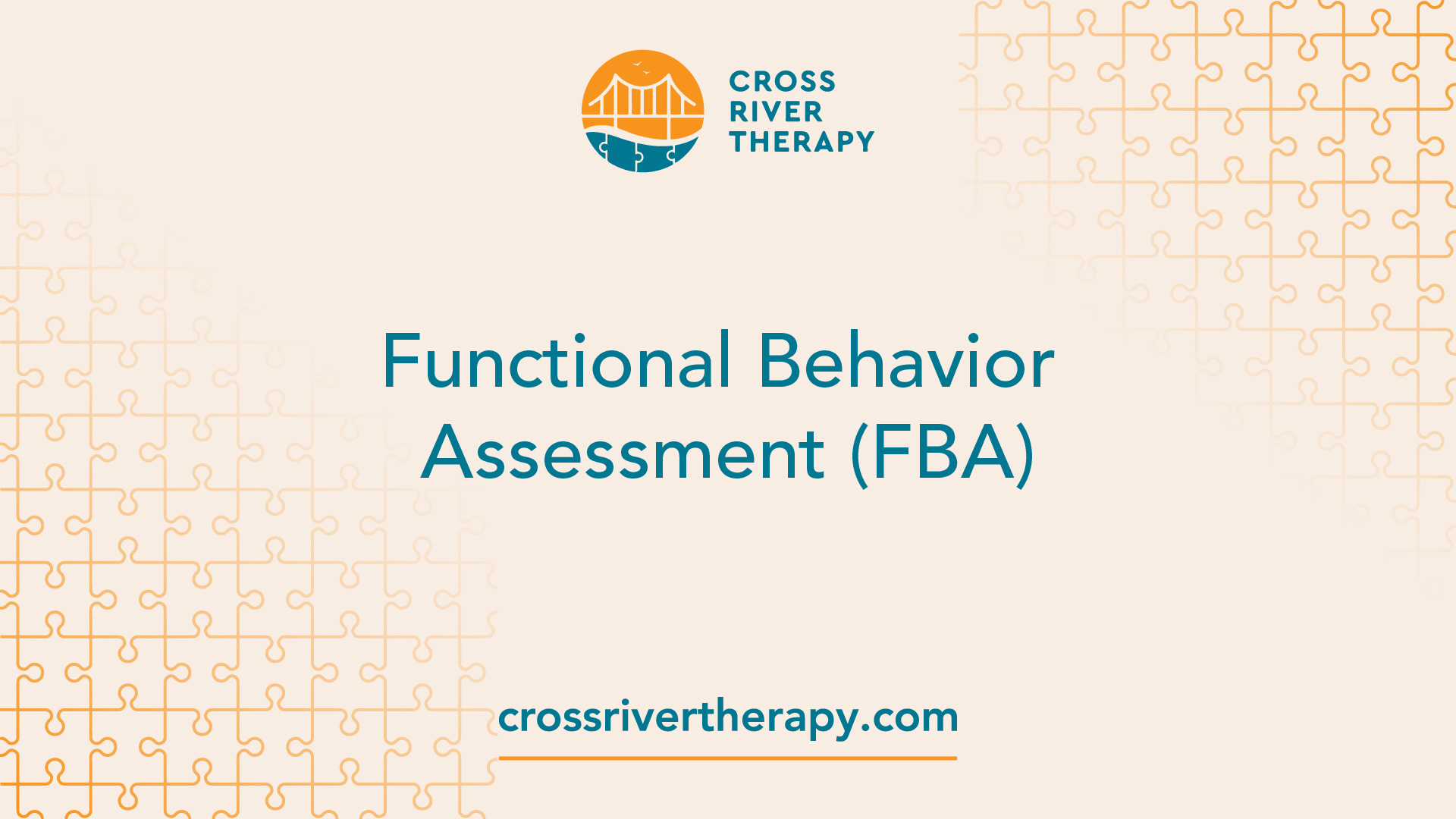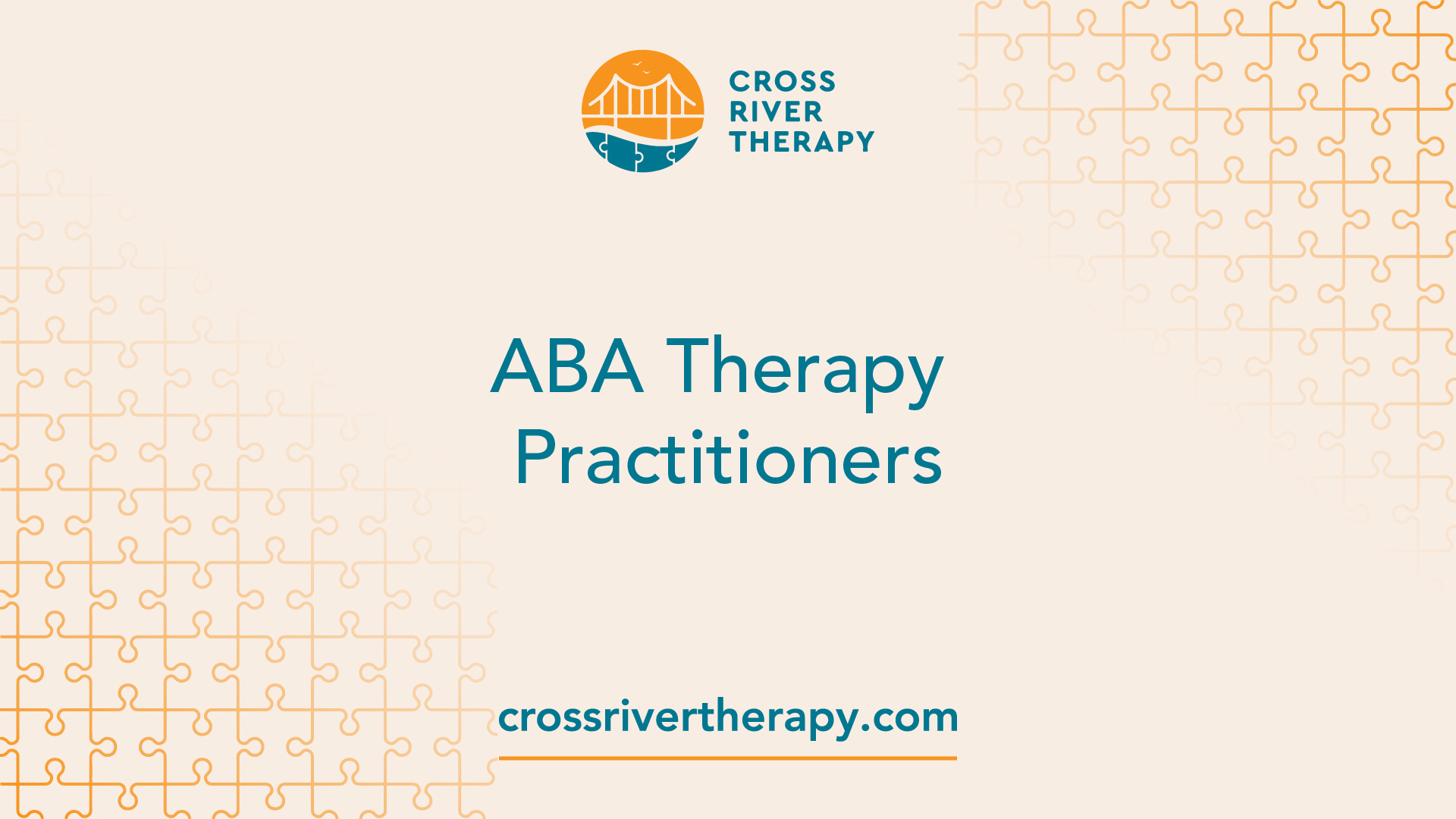Providing Developmental Services Through ABA Therapy
Explore aba therapy and developmental services to support your child's growth and thrive through positive change!
Understanding ABA Therapy
Applied Behavior Analysis (ABA) Therapy is a systematic approach designed to help children develop essential skills and improve various aspects of their lives. It involves using evidence-based techniques to foster skills such as social interactions, communication patterns, fine motor abilities, grooming, academic competencies, job proficiency, and even basic tasks like keeping a clean and organized room.

ABA therapy is particularly beneficial for children with behavioral challenges, including those diagnosed with autism, as it tailors strategies to each child's unique needs. This personalized approach enhances the effectiveness of the therapy, making it a preferred choice among parents seeking developmental services for their children.
Overview of ABA Therapy
ABA therapy is grounded in the principles of behaviorism, focusing on observable behaviors and the relationship between the behavior and its consequences. The therapy employs various techniques, such as positive reinforcement, to encourage desirable behaviors while decreasing undesirable ones. Through consistent application and careful monitoring, ABA therapy aims to help children acquire new skills and achieve milestones that are vital for their personal development and social integration.
B.F. Skinner's Influence on ABA
The foundation of ABA therapy can be traced back to the pioneering work of psychologist B.F. Skinner. He developed a theory known as operant conditioning, which emphasizes the importance of consequences in shaping behavior. Skinner's research highlighted how individuals can be influenced to modify their actions by providing rewards or consequences based on their behavior. This principle lies at the heart of ABA therapy, where positive reinforcement plays a critical role in promoting specific behaviors in children.
For additional support, parents can explore resources available through various centers focused on ABA therapy and autism resources. These resources provide valuable information and assistance for parents interested in learning more about aba therapy and autism spectrum services tailored to their child's unique needs.
Techniques in ABA Therapy
ABA Therapy utilizes various techniques to facilitate learning and development in children diagnosed with autism. Each technique is tailored to meet individual needs, helping to encourage positive behaviors and reduce challenging ones.
Discrete Trial Training (DTT)
Discrete Trial Training (DTT) is a structured approach in ABA Therapy where skills are broken down into small, distinct elements. Each of these elements is taught through a series of trials consisting of a clear instruction, a response from the child, and a consequence. Positive reinforcement is provided after each correct response, which encourages the child to repeat the desired behavior.
StepDescription1. InstructionThe therapist gives a clear directive to the child.2. ResponseThe child reacts to the instruction.3. ReinforcementPositive feedback is given for correct responses, reinforcing learning.
This systematic approach helps in building a foundation for various skills, especially in communication and social interaction.
Antecedent-Based Interventions
Antecedent-Based Interventions focus on modifying the environment to reduce the likelihood of triggering interfering behaviors during learning sessions. By changing certain aspects of the setting or providing additional supports, children can better concentrate on the intended activity. This may include providing visual schedules, altering the environment's layout, or offering sensory breaks.
ModificationPurposeVisual SchedulesHelps the child understand expectations and transitions.Altered EnvironmentReduces distractions to aid focus.Sensory BreaksProvides necessary downtime to manage sensory overload.
This proactive approach can lead to more successful and productive therapy sessions.

Functional Behavior Assessment (FBA)
Functional Behavior Assessment (FBA) is a method used by ABA Therapists to identify behaviors that need modification. This assessment determines the purpose of these behaviors and the factors that maintain them, leading to the development of effective interventions [1].
The FBA process includes:
By using FBA, practitioners can implement strategies that not only address the immediate behaviors but also improve overall functioning and well-being.
These techniques form the backbone of ABA therapy and developmental services by providing structured and evidence-based methodologies that foster growth and learning in children with autism.
Benefits of ABA Therapy
ABA therapy offers numerous advantages for children diagnosed with autism. By utilizing tailored approaches, ABA can foster positive changes and support developmental growth.
Positive Reinforcement in ABA
One of the cornerstone strategies in ABA therapy is positive reinforcement. This method involves providing a reward following a desired behavior, which encourages the repetition of that behavior. Over time, this approach helps individuals meet specific goals, such as increasing helpful behaviors and decreasing harmful ones. As highlighted by Autism Speaks, this strategy is fundamental in promoting positive behavior change.
BehaviorPositive ReinforcementCompleting a taskReceiving praise or a stickerSharing with peersGetting a small treatFollowing instructionsExtra playtime
Individualized ABA Programs
ABA programs are carefully tailored to meet the unique needs of each child, making them highly effective. Unlike standardized programs, individualized plans focus on the specific skills, preferences, and family situations of the child. This personalization helps children become more independent and successful in their daily activities [2].
Creating these individualized programs involves assessments and ongoing consultations with parents and caregivers to ensure the therapy aligns with the child's developmental goals.
Effectiveness of ABA Therapy
Research supports the effectiveness of ABA therapy, with more than 20 studies demonstrating positive outcomes. Intensive and long-term ABA interventions have shown improvements in various areas, including intellectual functioning, language development, daily living skills, and social functioning. Many children with autism experience significant gains through sustained participation in ABA therapy.
Outcome AreaImprovementIntellectual FunctioningImproved cognitive skillsLanguage DevelopmentEnhanced communication abilitiesDaily Living SkillsIncreased independence in routine activitiesSocial FunctioningBetter social interactions and relationships
For parents seeking resources, consider visiting ABA therapy and autism resources for more information. ABA therapy serves as a versatile and impactful approach, especially for children on the autism spectrum, supporting their journey toward greater independence and success in life. For further insights on ABA in the context of developmental disabilities, explore aba therapy for developmental disabilities.

ABA Therapy Practitioners
Understanding the role of practitioners in ABA therapy is essential for parents seeking effective support for their children diagnosed with autism. The guidance provided by trained professionals ensures that therapy is tailored to individual needs.
Role of BCBA in ABA Therapy
A Board Certified Behavior Analyst (BCBA) plays a crucial role in ABA therapy, designing and overseeing the therapy programs tailored specifically for each child. According to Autism Speaks, the BCBA conducts a thorough assessment, identifies specific treatment goals, and implements ongoing data collection and progress monitoring for the child.
B CBCAs work closely with families and other therapists involved in the child's care, ensuring that the strategies implemented align with the child's preferences and specific needs. This collaborative approach enhances the effectiveness of programs and better supports developmental services aligned with ABA principles.
FunctionDescriptionAssessmentConduct detailed evaluations to identify specific needsTreatment DesignDevelop customized programs based on individual goals and family dynamicsProgress MonitoringCollect and analyze data to track advancements and adjust strategies as needed
Certification and Licensing for ABA Therapists
The certification and licensing of ABA therapists are vital to maintaining high standards of care. The most recognized credential in the field is the BCBA certification from the Behavior Analyst Certification Board (BACB). This certification indicates proficiency in ABA techniques and the ability to design comprehensive treatment plans [3].
In most states, ABA therapists are required to hold a license to practice, although specific requirements can vary. The typical pathway to certification includes obtaining necessary educational qualifications, completing supervised experience hours, and passing a rigorous examination. These standards help ensure that practitioners are equipped to provide effective and evidence-based interventions, ultimately meeting the developmental needs of children with autism.
For parents looking for more information about resources and support, helpful links include ABA therapy and autism centers, ABA therapy and autism resources, and ABA therapy for developmental disabilities.
ABA Therapy Effectiveness
Understanding the effectiveness of ABA therapy is crucial for parents of children diagnosed with autism. The long-term outcomes and dosing rates associated with ABA can significantly impact the developmental services their children receive.
Long-Term Outcomes of ABA Therapy
Research indicates that children who undergo ABA therapy experience varying levels of success based on their baseline functioning. For those with the lowest baseline adaptive levels, there is a modest but significant gain in adaptive behavior. Specifically, each 12 months spent in ABA corresponds to an average increase of 4.46 points in adaptive behavior scores. Over time, there is a trend toward improving the overall Adaptive Behavior Composite scores for these children.
While full doses of ABA are essential for optimal outcomes, many children do not receive continuous services. Despite this, even those who had lower levels of engagement still achieved clinically significant adaptive behavior gains after 24 months of therapy.
OutcomeDescriptionAverage Gain in Adaptive Behavior4.46 points per 12 months in ABAPercentage of Children with Low Functioning Who Gained28% received a full ABA dose, but still showed gains
ABA Dosing Rates and Discontinuation
The discontinuation rates for ABA therapy can be concerning. Studies show that approximately 66% of children referred for ABA services remained in treatment for at least 12 months, while only 46% continued for 24 months. Many reasons for discontinuation are not directly related to the child's progress, such as financial issues, relocation, or changes in insurance.
Moreover, it's notable that 13% of children referred for ABA never actually received any services. The complexities of implementing optimal ABA dosing often present challenges, and real-world factors can limit the effectiveness of ABA therapy in achieving meaningful outcomes for children.
Duration of ServicePercentage of Children12 months of ABA66%24 months of ABA46%Never received ABA after referral13%
Parents exploring options for their child's development may want to learn more about available resources. For additional information, resources, and services related to ABA therapy, consider visiting aba therapy and autism centers or aba therapy and autism resources.
ABA Therapy in Practice
ABA therapy is widely utilized to support children diagnosed with Autism Spectrum Disorders (ASD) and related developmental challenges. This evidence-based approach provides structured interventions that foster essential life skills in various settings, including home, school, and community environments.
ABA Therapy for Autism Spectrum Disorders
Since the 1960s, ABA therapy has been a fundamental resource for helping children with autism and related developmental disorders. It is recognized as an evidence-based best practice treatment endorsed by the US Surgeon General and the American Psychological Association. These interventions have proven effective in improving various skills, including social interaction, communication, and everyday tasks.
Research indicates that intensive and long-term ABA therapy can yield substantial improvements. More than 20 studies affirm that programs offering 25 to 40 hours of therapy weekly over 1 to 3 years can lead to enhancements in:
Developmental AreaPotential ImprovementsIntellectual FunctioningIncreased cognitive abilitiesLanguage DevelopmentEnhanced communication skillsDaily Living SkillsGreater independence in self-careSocial FunctioningImproved relationships and interaction
This structured approach is designed by board-certified behavior analysts (BCBAs), who tailor programs based on each child's unique skills, needs, interests, and family situations. For more information, visit our sections on ABA therapy and autism centers and ABA therapy and autism spectrum.
ABA Techniques and Strategies
ABA employs a variety of techniques to modify behavior and promote the learning of new skills. Key strategies include:
These techniques work together to create personalized therapy programs that focus on both developing new skills and modifying existing behaviors. To learn more about specific strategies, check the resources in ABA therapy and autism resources and ABA therapy for developmental disabilities.
References
[1]:
[2]: https://www.autismspeaks.org/applied-behavior-analysis
[3]: https://www.connectncareaba.com/aba-therapy-credentials



